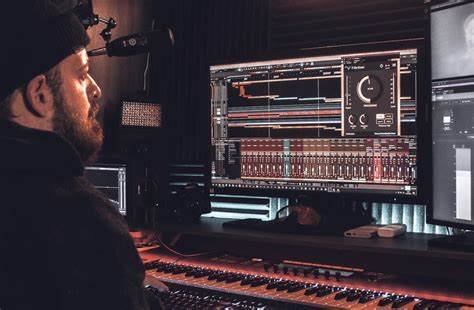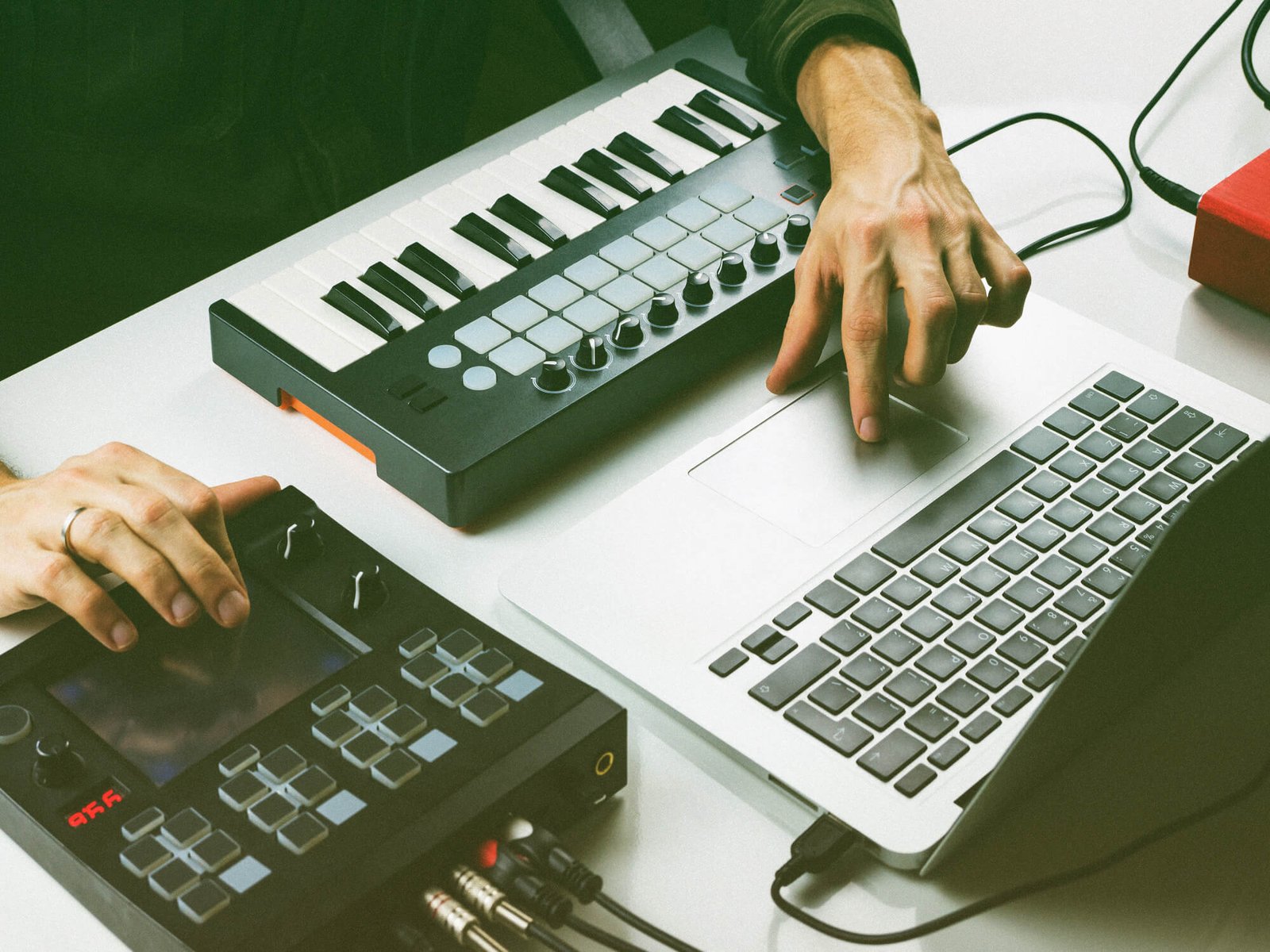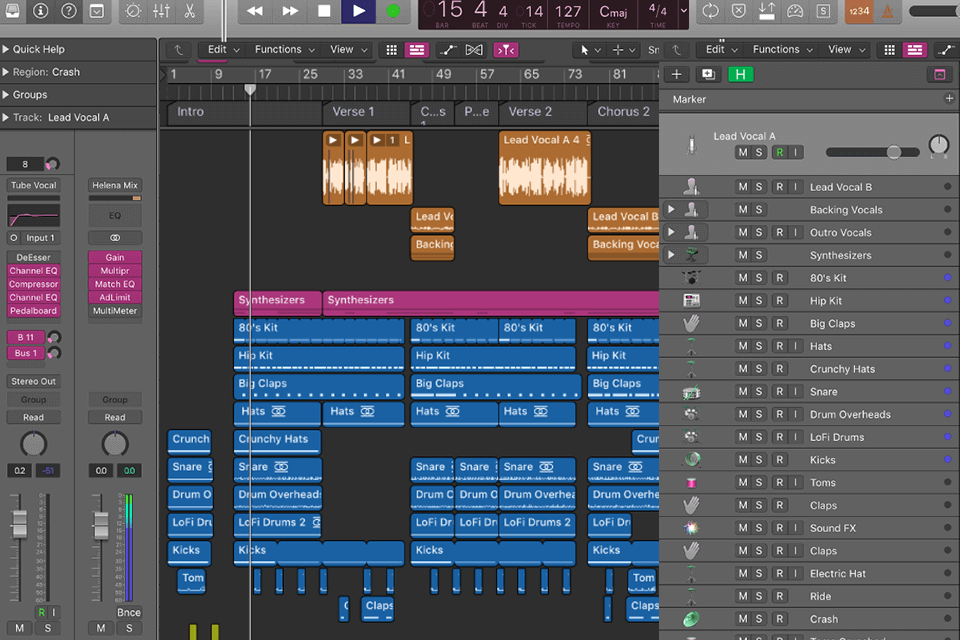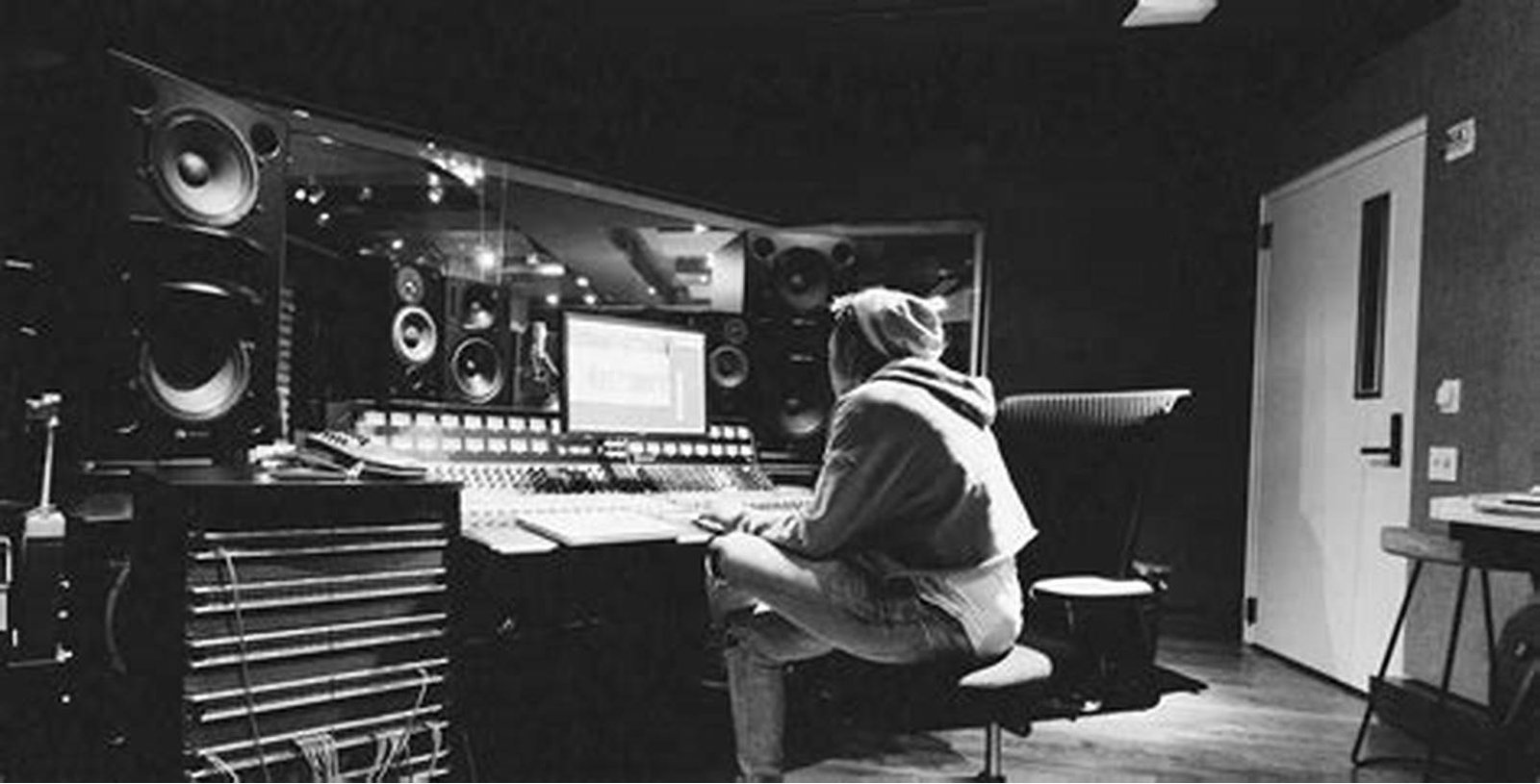The recording process is where an artist’s vision begins to take shape, transforming raw ideas into a polished track. While the artist and musicians provide the creative energy, the music producer is the guiding force behind the scenes. A producer is responsible for ensuring that every element of the song—from the arrangement to the recording—is executed effectively.
In this article, we will explore the key roles that music producers play in the recording process, shedding light on their responsibilities and how they help bring a song to life.
1. Pre-Production: Planning and Preparation
Before stepping into the recording studio, a music producer is already at work during the pre-production phase. This stage sets the foundation for the entire recording process and ensures that everything runs smoothly.
Defining the Song’s Vision
The first step in pre-production is defining the artistic direction of the song. The producer works closely with the artist to discuss the song’s themes, mood, and overall sound. They may also decide on aspects like tempo, key, and structure, setting the tone for the entire recording.
Preparing the Artists and Musicians
A producer may work with the artist to prepare them for the recording session, ensuring that they’re vocally and mentally ready. They may help refine the lyrics, rehearse the vocal delivery, and even guide the musicians in arranging their parts to match the desired sound.
Choosing the Right Studio and Equipment
The producer plays a key role in selecting the recording studio and equipment. They ensure that the chosen environment and tools align with the artistic goals. Whether it’s a top-tier studio with state-of-the-art technology or a more intimate home setup, the producer ensures everything is in place.
2. Overseeing the Recording Session
Once the pre-production phase is complete, the producer moves into the recording phase. This is where the song begins to take shape as the instruments and vocals are laid down.
Guiding the Artist’s Performance
The producer’s job during the recording session is to guide the artist through their performance, ensuring that they capture the emotion and energy needed for the song. They may offer feedback, suggest changes, and even direct the artist to try different takes to capture the best possible performance.
Working with Musicians and Engineers
In addition to the artist, the producer coordinates the work of other musicians and the sound engineer. They make decisions about which musicians to bring into the session, how each instrument should be played, and what technical aspects are required. The producer’s ability to communicate effectively with the entire team ensures that the recording runs smoothly.
Capturing the Right Sound
A producer is also responsible for capturing the perfect sound during the recording session. They work closely with the sound engineer to ensure that microphones are set up correctly, levels are optimized, and the acoustics of the space are utilized to their fullest potential.
3. Shaping the Sound: Arrangement and Production
After the basic tracks are recorded, the producer takes a more active role in shaping the song’s overall sound. This stage involves arranging the track, adding layers, and deciding on instrumentation.
Arranging the Song
The producer arranges the song by determining where each instrument will fit and how the track will evolve. This may involve deciding when to introduce new elements, when to strip things back, and how to build up the song’s dynamics.
Adding Layers and Effects
To create a polished sound, the producer adds layers of instruments, backing vocals, and sound effects. They might also experiment with various production techniques like reverb, delay, and EQ to enhance the track’s atmosphere.
Experimenting with Sound Design
In some cases, the producer may delve into sound design, crafting custom sounds that give the track a unique feel. This could involve synthesizers, sampling, or even using unconventional instruments to create interesting textures.

4. The Mixing Process
Once all the parts have been recorded and arranged, the producer moves into the mixing phase. This is where the song is fine-tuned, and all the elements are balanced to create a cohesive, professional sound.
Balancing Levels
During the mixing process, the producer works with the mixing engineer to balance the levels of each track. This ensures that no instrument overpowers another, and that each element of the song is clearly heard. The producer may also make decisions on the stereo placement of instruments (panning) to create a wide, dynamic sound.
Fine-Tuning the Sound
The producer guides the engineer in adjusting various aspects of the track, such as EQ (equalization), compression, and reverb, to enhance its tonal qualities. These adjustments can bring out the warmth of the vocals or add clarity to the instruments.
Reviewing and Refining the Mix
Throughout the mixing process, the producer listens closely to the song, making sure that all the elements work together harmoniously. They’ll often listen to the track on different systems (headphones, speakers, car stereo) to ensure it sounds great in all environments.
5. Mastering the Track
After mixing, the song moves into the final phase: mastering. While mastering is typically done by a dedicated engineer, the producer still plays an important role in this stage by ensuring that the track is prepared for distribution.
Preparing the Song for Distribution
Mastering involves making final adjustments to the track’s overall sound, such as ensuring consistent volume levels across an album, optimizing it for various playback formats, and preparing it for streaming or CD release. The producer ensures that the mastered track represents their vision and sounds polished and professional.
Quality Control
The producer listens to the final version of the song, checking for any inconsistencies or issues that might have been overlooked during the mixing phase. They ensure that the track is as polished as possible before it’s released to the public.
6. Ensuring the Song’s Commercial Success
While the recording process is complete, the producer’s role continues beyond the studio. They help ensure that the song is marketed and positioned for commercial success.
Collaborating on Promotion and Marketing
Producers often collaborate with record labels and marketing teams to ensure the song reaches its intended audience. They may help decide on the release strategy, promote the song to radio stations, or even guide music video production.
Monitoring the Track’s Impact
Producers often track the success of the song after its release, paying attention to streaming numbers, chart positions, and feedback from fans and critics. They may use this information to inform future projects and fine-tune their approach.
Conclusion
The role of a music producer in the recording process is multifaceted and critical to the creation of a successful track. From pre-production to the final mastering stage, the producer is the glue that holds everything together, guiding the artist, musicians, and engineers to create a cohesive, polished sound. Whether they’re shaping the arrangement, capturing the right performance, or fine-tuning the mix, the music producer is an essential part of every great song’s journey from concept to release.







